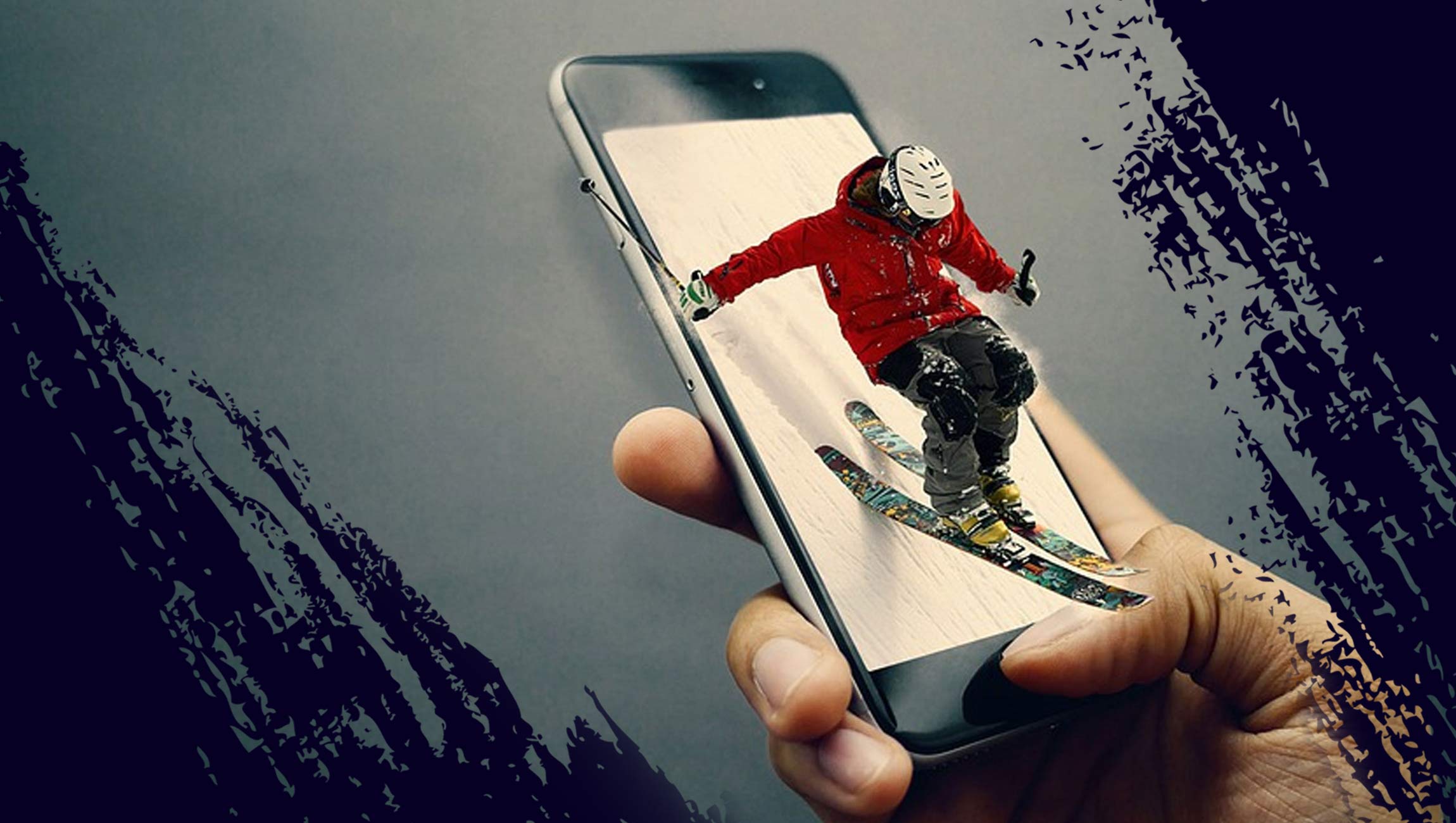Touchless interaction between consumers and brands is the new norm. Even after this pandemic ends, marketers can bet that contact-free interactions will continue on.
Why? It’s easier, safer, and enables businesses to deliver a better customer and partner experience.
And the technology that enables the proliferation of touch-free interactions is now ubiquitous: the QR code is finally being put to good use across all verticals. QR codes were invented back in 1994, but most consumers didn’t adopt this technology 2017 when Apple and Android released updates that let users scan QR codes directly through their camera app, without needing to download a separate QR-specific app.
Now that the pandemic has made QR code-driven touch-free customer interactions part of daily life, we’re about to see targeted marketing improve across all sectors. Here are five use cases from the pandemic era that illustrate the power of this technology.
1. Ready to Scale: China and the UK Demonstrated that QR Codes Are Ready for Massive Rollouts
If you’re not convinced that QR codes are ready to be used in your national marketing campaign, look to how governments have used these codes in their COVID-19 mitigation efforts.
In the UK, through the NHS, designated venues in certain sectors have a legal requirement to display NHS QR code posters so that customers with the NHS Covid-19 app can “check in” using this option, and the codes were wildly popular. China, too, made QR codes a part of their contact tracing and location-based check-in protocols.
Given the success and smooth rollout of these QR code-based check-in efforts at the national level, it’s easy to imagine, for example, how event marketers working on a much smaller scale might implement the same technology in future brand activations and at sponsored events.
2. Easy to Integrate: Pharmacies Proved that Customers Are Ready for Touch-Free Payments
Who hasn’t paused before putting their hand on the touchpad at the checkout at the local pharmacy?
As consumers around the world were asked to limit their trips outside the house and instructed to sanitize their hands, we all became a little more aware of the shared touchpoints that were easy to overlook before the pandemic. While we may never look at a public keypad the same way again, the good news is that we won’t necessarily have to touch them.
At pharmacies including CVS and Walgreens, partnerships with Paypal and Venmo now enable touch-free payment. This is a fantastic example of how B2B2C rollouts are happening to support contactless payments, but it also demonstrates that consumers are ready to adopt QR code-based payments with trusted vendors.
3. Versatile: Deliver Luxury Experiences with Zero Contact
Hotel checkout was streamlined years ago in the initial boom of branded apps, but the highly manual check-in process, which many travelers associate with standing in a crowded lobby, saddled with their luggage, was not.
The pandemic offered major hotel brands a chance to improve this customer experience, and QR codes play a critical role. At most major hotels, guests can now scan a QR code on outdoor signage to initiate the check-in process from their vehicle on arrival or while standing in a portico.
Once inside, QR codes now provide guests with all the information they’d typically get from an in-room booklet or a call to the front desk. As consumer comfort across age groups has increased, QR codes have become the key to providing a seamless customer experience. For marketers, this delivers a wealth of customer behavioral information that can be used to help anticipate each customer’s needs.
4. Ready for the Future: QR Codes Are the Link to the Next Frontier in Retail and Marketing Experiences
In the pandemic era, QR codes have turned window shopping into a seamless virtual try-on and checkout experience.
Product-specific QR codes allow shoppers to engage the latest AR technologies without walking into a store, nevermind a shared dressing room area.
Retail has been moving toward customizable AR for some time, but the pandemic-driven ubiquity of QR codes is pushing consumers to adopt this technology to preview their custom merchandise and even virtually “try on” apparel before purchase.
For marketers, this acceleration is great news and opens the door to more creative, engaging AR experiences in a variety of settings, as well as the insights you need to effectively engage and convert qualified leads.
5. Mass Adoption: How the Pandemic Taught Diners to Love the QR Experience
If you’ve participated in outdoor dining or scanned a QR code to view a restaurant’s menu from the sidewalk, you’re among the masses that have started behaving in ways restaurant marketers have hoped you’d come to love for years.
QR codes provide a frictionless, touch-free connection between diners and the kitchen, which makes pickup and delivery experiences better for all parties.
But the real benefit is for the marketing team behind the scenes that can use this relay to explore customer behavior and identify trends that can help restaurants design better promotions and more successful advertising campaigns.
While we’ve yet to see the extent to which this unlocked revenue will reshape the dining industry, it’s one of the most exciting avenues for digital marketers looking ahead, in part because this is the setting that normalized QR code use for so many consumers over the past year.
From Contact Tracing to Collecting Leads, QR Codes Work
Around the world, we’ve seen a huge uptick in brands and retailers using their QR code tech in new ways, and more importantly, we’ve seen consumers readily engaging in these experiences.
Governments, retailers, and vendors have finally realized the power of a two-dimensional code like QR, and we’re in a golden age of experimentation that will unlock the creative potential marketers have only been able to dream about. From touch-free transactions to 3D to AR experiences, marketers are just starting to play with a newly accessible toolkit that QR codes have finally unlocked.











